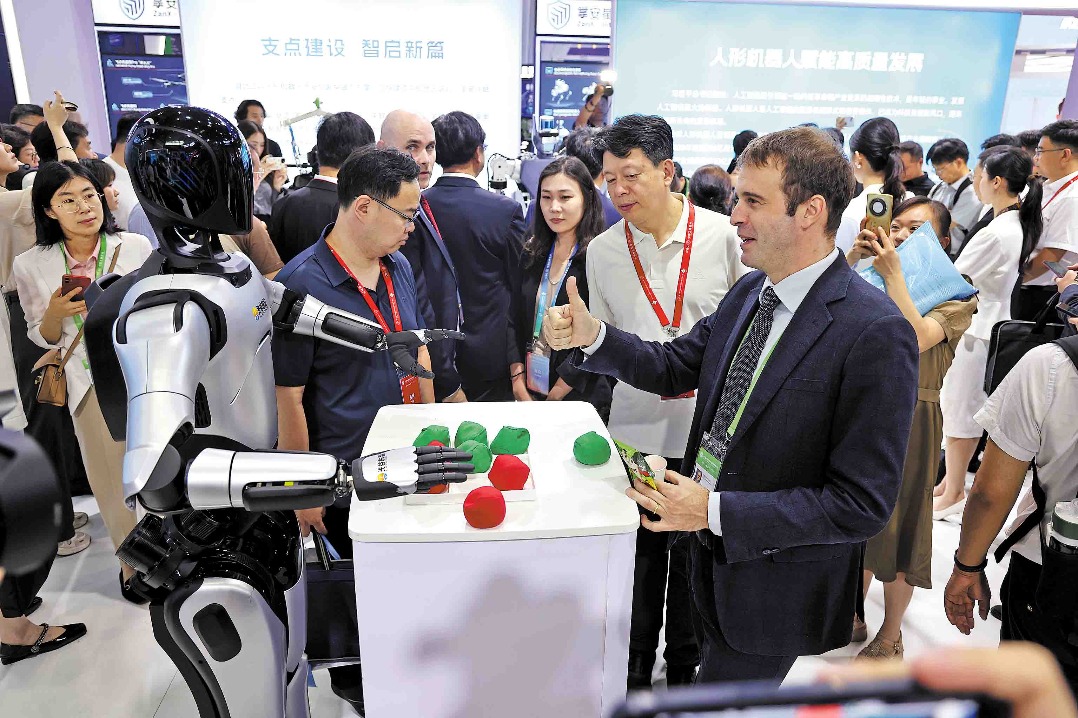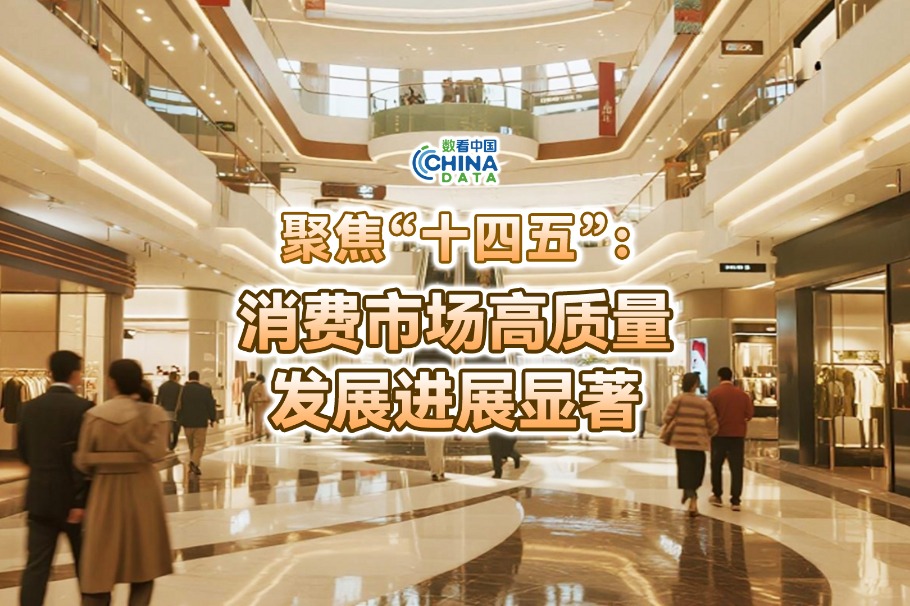Upgrade gains momentum


High-tech, equipment manufacturing and consumer goods see robust growth
While the contracted manufacturing sector in October signaled continuous downward pressure, a mild improvement of the Chinese economy could still be expected over the rest of the year, on the back of policy support, especially on the fiscal side, analysts said.
The headline purchasing managers index of the manufacturing sector, which gauges the growth momentum of factory activity in China, slipped to 49.3 last month from 49.8 in September, registering the sixth straight month of contraction, the National Bureau of Statistics said on Thursday.
A PMI reading above 50 indicates expansion, while one below the number points to contraction.
The official manufacturing PMI dropped last month to the lowest level since February as the sub index of production declined to 50.8 from 52.3 in September and as the subgauge of new orders fell into contraction territory, the NBS said.
"Production maintained expansion while market demand fell," said Zhao Qinghe, an NBS senior statistician, adding that foreign trade remained weak amid a slowing down global economy.
Zhao added that manufacturing upgrade deepened last month, with a robust expansion of the sectors of high-tech manufacturing, equipment manufacturing and consumer goods, while business confidence remained stable as surveyed managers expected brighter business conditions last month than in the third quarter.
The fall in the PMI reading reflected both seasonal factors and the protracted downside pressure faced by the Chinese economy amid lukewarm demand both at home and abroad, making any economic rebound unlikely in the short run, analysts said.
Yet the manufacturing PMI is expected to improve toward the 50-mark in the rest of the year, on the back of cyclical factors and stronger support from fiscal policy, said Xie Yaxuan, chief macroeconomic analyst with Shenzhen-based China Merchants Securities.
On the one hand, the long-running reduction of inventory and a month-on-month recovery in producer inflation in September provided evidence that the economy may be heading for a bottoming-out, although trade uncertainty is complicating the process, Xie said in a note.
The producer price index edged up by 0.1 percent month-on-month in September, the first increase within four months, according to the NBS.
On the other hand, counter-cyclical measures have strengthened since August, Xie said, adding that he expected the fiscal policy to render more support to the economy than the monetary policy, given the pressure from rising consumer inflation on the latter.
The government decided in early September to allocate part of next year's local government special debt quota this year in advance to boost infrastructure investment, while no decision has been announced regarding whether the debts allowed by the quota will be issued this year.
"If the debts are issued in the fourth quarter, a stabilizing economy could gradually be expected," said Zhang Wei, an analyst with Chongqing-based Southwest Securities, adding that the resilience of the property sector will also help to stabilize demand.
Infrastructure investment grew by 4.5 percent year-on-year in the first nine months, up from 4.2 percent in first eight months, according to the NBS. The recovery in infrastructure investment may have continued last month, as the NBS gauge of construction activity climbed to 60.4, back into the upper range of boom.
"The economy may not be as weak as the official PMI data indicated, as other economic data delivered a different picture," Zhang added.
He cited that year-on-year growth in the nation's consumption of coal increased in October and suggested quicker production, and the Caixin/Markit manufacturing PMI, which polled a different group of manufacturers that are privately owned, have recovered for three consecutive months as of September.
The official PMI of the non-manufacturing sector stood at 52.8 last month, versus 53.7 in September, as business activity of the services sector expanded slower, the NBS said.




































